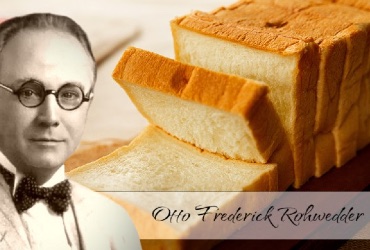A Global Journey through Bread Cultures
Bread, a fundamental food item, has been baked and consumed throughout history, serving as a staple in many cultures. It’s a common yet diverse food, with each culture imparting its unique twist. However, does every culture include bread in its diet?

To explore this, picture a world map, with countries and cultures depicted in a variety of colours. In Europe, bread is integral. France is known for its baguettes, Italy for its rustic loaves, and Germany for its hearty bread varieties. Here, bread is deeply interwoven with the history and lifestyle of the people.

Moving to the Middle East, bread is viewed as a sacred aspect of life. Golden loaves of pita bread are a symbol of hospitality and are central to every meal, representing community and connection.

Heading eastward to Asia, where rice is the staple food, bread still makes an appearance. China is known for its soft buns, while Japan offers the sweet delicacy of milk bread. Though rice dominates, bread has its presence, marking its significance.
In Africa, bread comes in various forms, showcasing the continent's cultural diversity. Ethiopia's injera and South Africa's roosterkoek are regional specialties. Bread here is a testament to the people's resilience and creativity, and it plays a pivotal role in the culinary scene.

In the Americas, the stories of bread vary. Mexico's tortillas and the United States' cornbread represent their respective cultural identities. Bread here mirrors the amalgamation of traditions and is an essential aspect of societal mosaic.
So, can we find bread in every culture? It appears that bread, in various forms, is present in most cultures. It might differ in appearance, taste, and name, but its existence is universal, symbolising sustenance and connection.
However, there are cultures where bread isn’t a staple, and other foods, like rice or roots, play a central role in people's diets. The absence of bread doesn’t diminish the value of these cultures; it rather emphasises the diversity of culinary traditions.
Exploring the presence of bread in different cultures reveals a world full of varied staple foods, each narrating its unique story. While bread is a widespread companion, it isn’t the sole one. It forms a part of the global culinary narrative but doesn’t constitute the entirety of it.
Ultimately, it’s about understanding and valuing the diverse culinary traditions and the stories they tell, whether it’s about bread, rice, or any other staple. Each food item provides insight into the culture it belongs to, reflecting the myriad ways humanity has developed to nourish itself.
As we explore different lands and time periods, experiencing various foods, it’s crucial to appreciate the multitude of sustenance forms available worldwide. In doing so, we can better understand the common experiences that connect us all through the act of sharing meals, regardless of what form they take in different parts of our diverse world.





